Table of content
Making delicious egg tarts at home can be a rewarding culinary experience. Whether you’re hosting a party, enjoying a family gathering, or simply treating yourself to a sweet snack, homemade egg tarts offer a delightful combination of buttery crust and creamy custard filling. While some might think that crafting these pastries requires professional skills, with the right ingredients and step-by-step guidance, anyone can achieve bakery-quality egg tarts. In this comprehensive guide, we’ll walk you through every step of the process, from preparing the crust to baking the perfect custard filling. Let’s dive into the world of egg tart making!
Understanding the Components of Egg Tarts
Before diving into the recipe, it’s essential to understand the two main components of egg tarts: the crust and the custard filling.
The Crust:
The crust of an egg tart is typically made from a buttery pastry dough. This dough is often a variation of puff pastry or shortcrust pastry. Puff pastry is known for its light, flaky layers, while shortcrust pastry is denser and more crumbly. For home baking, shortcrust pastry is often preferred due to its simpler preparation and delicious texture.
The Custard Filling:
The custard filling is the creamy, sweet heart of the egg tart. It’s made by combining eggs, milk (or a dairy substitute), sugar, and sometimes vanilla or other flavorings. The key to a perfect custard is to achieve a balance between sweetness, richness, and texture. Overcooking can lead to a curdled filling, while undercooking can result in a runny consistency.
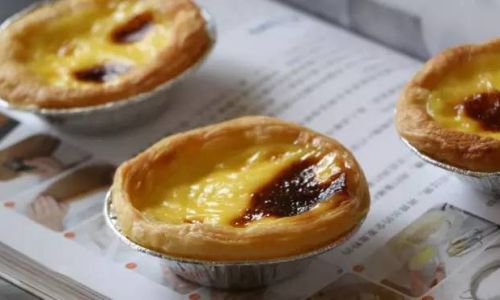
Ingredients for the Crust
To make a delicious shortcrust pastry for your egg tarts, you’ll need:
- 250 grams (about 2 cups) all-purpose flour
- 125 grams (about 1/2 cup) unsalted butter, chilled and cubed
- 50 grams (about 1/4 cup) powdered sugar
- 1/4 teaspoon salt
- 1 large egg yolk
- 2-3 tablespoons ice water
Ingredients for the Custard Filling
For the custard filling, you’ll need:
- 3 large eggs
- 100 grams (about 1/2 cup) granulated sugar
- 250 milliliters (about 1 cup) whole milk (or heavy cream for a richer filling)
- 1 teaspoon vanilla extract
- A pinch of salt
Equipment Needed
To make the process smoother, ensure you have the following equipment:
- Food processor or mixing bowl for mixing the dough
- Rolling pin for rolling out the dough
- Egg tart molds or muffin tin with removable bottoms
- Pastry brush for applying egg wash (optional)
- Aluminum foil or pie weights for blind baking the crust
- Measuring cups and spoons
- Mixing spoons
- Whisk for mixing the custard
- Oven preheated to the correct temperature
Step-by-Step Guide to Making Egg Tarts
Step 1: Prepare the Crust
-
Combine Dry Ingredients:
In a food processor or a large mixing bowl, combine the flour, powdered sugar, and salt. Pulse or mix to combine. -
Add the Butter:
Add the chilled, cubed butter to the flour mixture. If using a food processor, pulse until the mixture resembles coarse crumbs. If mixing by hand, use a pastry cutter or your fingers to combine until the butter is evenly distributed.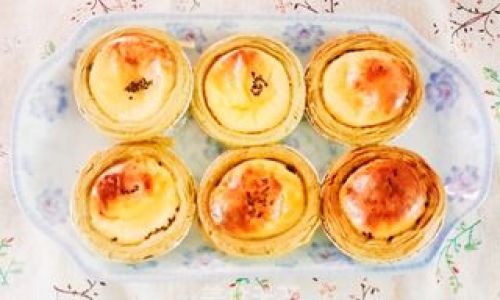
-
Add the Egg Yolk and Water:
In a small bowl, lightly beat the egg yolk. Add it to the flour-butter mixture, along with 2 tablespoons of ice water. Mix until the dough starts to come together. If the dough is too dry and crumbly, add an additional tablespoon of ice water. Be careful not to overmix, as this can make the dough tough. -
Form the Dough:
Transfer the dough onto a lightly floured surface and shape it into a disk. Wrap it in plastic wrap and refrigerate for at least 1 hour. This resting period allows the gluten in the flour to relax, making the dough easier to roll out without shrinking.
Step 2: Roll Out the Dough
-
Preheat the Oven:
Preheat your oven to 375°F (190°C). -
Roll Out the Dough:
On a lightly floured surface, roll out the chilled dough to about 1/4 inch thickness. Aim for an even thickness to ensure uniform baking. -
Cut Out the Dough Circles:
Use a cookie cutter or the bottom of a glass to cut out circles that are slightly larger than the diameter of your egg tart molds. If you’re using a muffin tin, the circles should be about 4-5 inches in diameter.
-
Press Into Molds:
Gently press the dough circles into the egg tart molds, allowing the excess dough to hang over the edges. Use your fingers or a small rolling pin to press the dough firmly into the corners and up the sides of the molds. Trim off any excess dough using a sharp knife.
Step 3: Blind Bake the Crust
-
Dock the Dough:
Use a fork to prick the bottom of the dough in several places. This prevents the dough from puffing up during baking. -
Line with Foil and Add Weights:
Line each tart shell with a small piece of aluminum foil or parchment paper. Fill the foil or paper with pie weights or dried beans. This helps to keep the dough from rising and ensures an even bake. -
Bake:
Bake the tart shells in the preheated oven for about 10-12 minutes, or until the edges just start to turn golden. Remove from the oven and carefully lift out the foil and weights. -
Return to Oven (Optional):
If you want the crust to be extra crispy, return the empty tart shells to the oven for an additional 3-4 minutes. Watch carefully to avoid overbaking.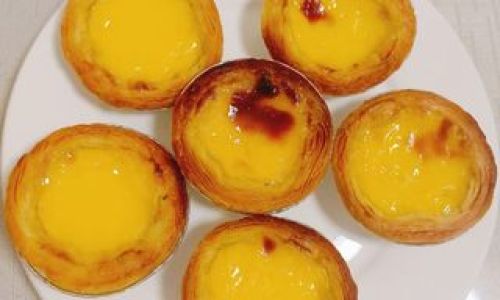
Step 4: Prepare the Custard Filling
-
Whisk Together Ingredients:
In a medium bowl, whisk together the eggs, granulated sugar, milk (or heavy cream), vanilla extract, and a pinch of salt until well combined. Be sure to whisk thoroughly to break up any lumps of sugar and to incorporate air into the mixture. -
Strain the Custard:
For a smoother filling, strain the custard through a fine-mesh sieve into a measuring cup or pouring pitcher. This removes any lumps or bubbles that might have formed during mixing.
Step 5: Fill and Bake the Egg Tarts
-
Fill the Tart Shells:
Carefully pour the custard filling into each pre-baked tart shell, filling them almost to the top. Be careful not to overfill, as the custard will expand slightly during baking. -
Bake:
Place the filled tart shells back in the oven and bake for about 15-20 minutes, or until the custard is set but still slightly jiggly in the center. The edges should be golden brown and the surface should have a slightly puffy, set appearance. -
Cool:
Remove the egg tarts from the oven and allow them to cool in the molds for about 5 minutes. Carefully transfer them to a wire rack to cool completely.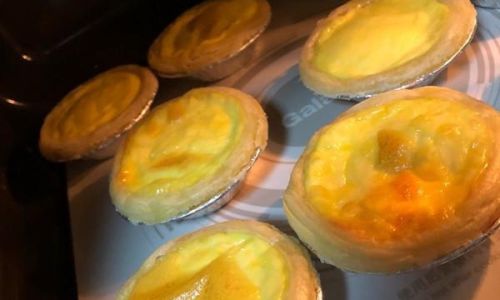
Step 6: Serve and Enjoy
Once the egg tarts have cooled, they are ready to serve. Enjoy them warm or at room temperature. You can dust them with a little powdered sugar for added elegance or serve them with a scoop of vanilla ice cream for a decadent dessert.
Tips for Perfect Egg Tarts
- Chill the Dough: Always chill the dough before rolling it out. This helps to keep the butter cold, which results in a flakier crust.
- Use Room Temperature Ingredients: When mixing the custard, ensure that your eggs and milk are at room temperature. This helps the ingredients to blend more smoothly and evenly.
- Blind Bake Properly: Blind baking the crust prevents it from becoming soggy when the custard is added. Don’t skip this step!
- Watch the Baking Time: Keep a close eye on the egg tarts during baking. Overbaking can cause the custard to curdle and the crust to become too brown.
- Store Properly: If you’re not serving the egg tarts immediately, store them in an airtight container at room temperature for up to a day. For longer storage, refrigerate them and reheat gently before serving.
Conclusion
Making egg tarts at home may seem like a daunting task, but with the right ingredients, equipment, and step-by-step guidance, you can achieve delicious, professional-quality results. From the buttery, flaky crust to the creamy, sweet custard filling, every bite of a homemade egg tart is a treat. Whether you’re
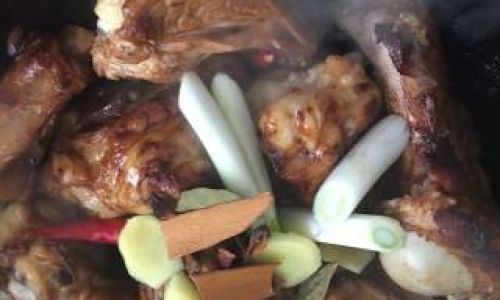
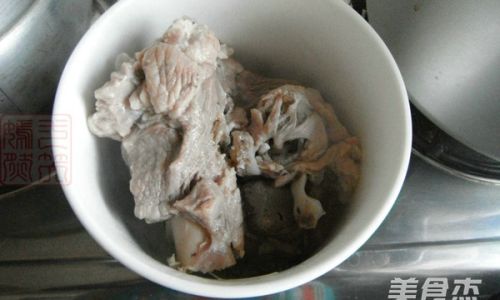
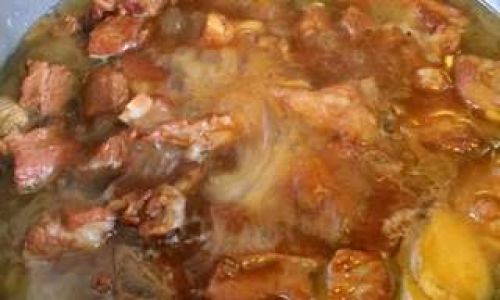
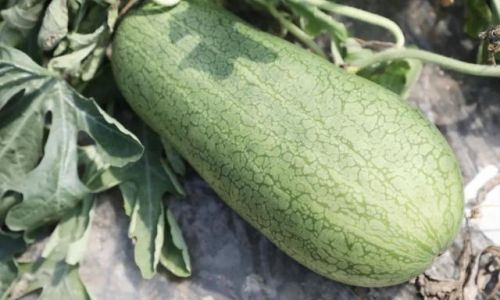
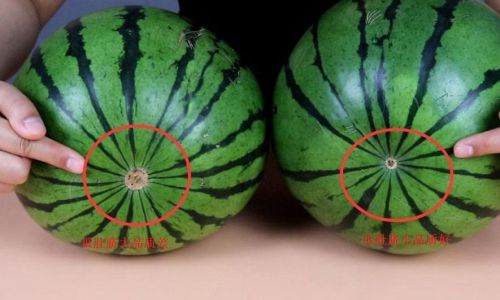
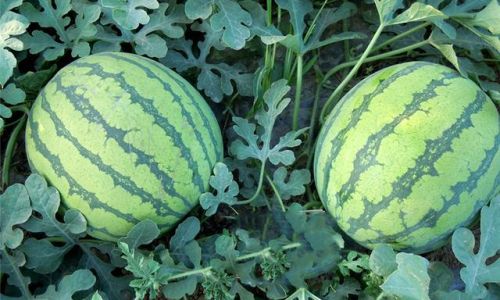
0 comments